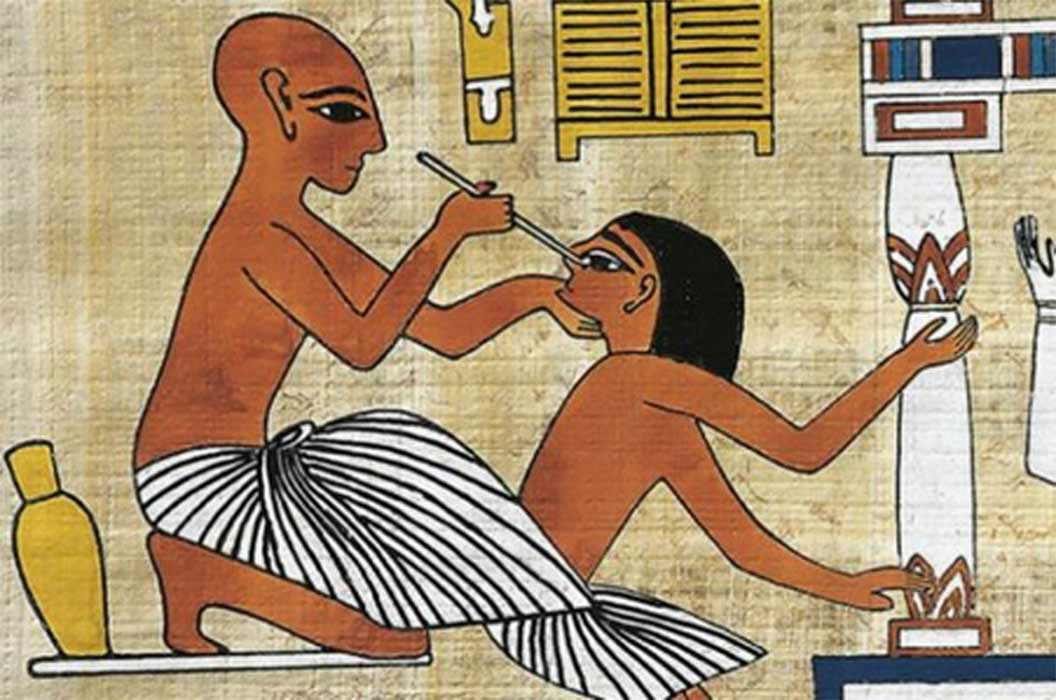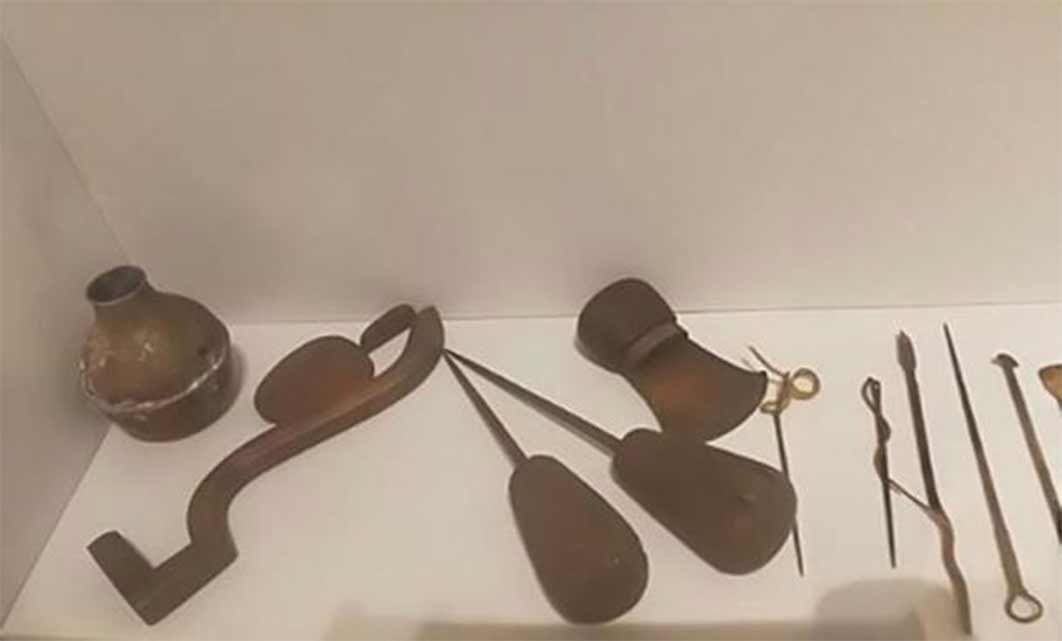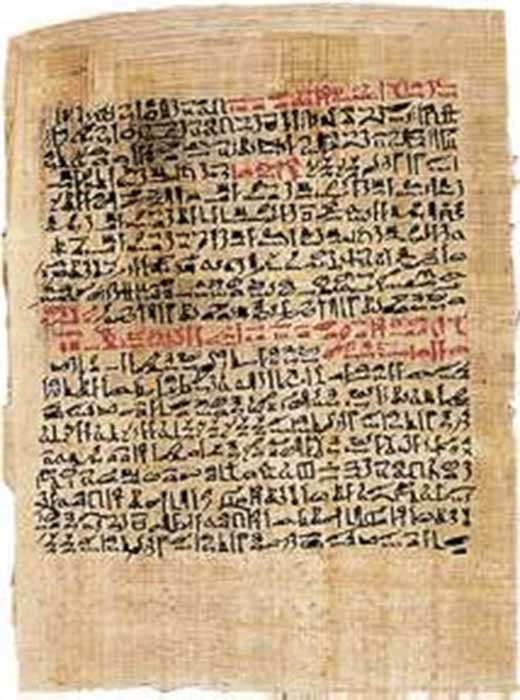
The Roots Of Modern Science In Ancient Kemetic Egypt
In the modern Western world, science and religion have changed places in terms of which is regarded as ‘reality’ and what is most likely ‘just a fantasy’. In Medieval times religion was considered the true fundamental reality and science was theoretical, the fantasy world of eccentrics, philosophers, and dreamers. Yet there was a time when neither was the case, and the two worlds shared a different harmony. Kemet, the ‘Black Land’, the name ancient Egyptians called their land, was such a place.

he Obsequies of an Egyptian Cat, John Reinhard Weguelin, 1886 (Public Domain)
Predating Egyptian Medicine
The cornerstone of Egyptian medicine for thousands of years far exceeded anything the world knew at that time in terms of clinical philosophy, detail, and sophistication in clinical treatment. The ancient Egyptians were known to have practiced surgery and trauma medicine. Obviously, to amass this kind of detailed information would take centuries upon centuries, not simply a couple of hundred years. There is a 2,400-year span of history between the standard field medical texts of the ancient Egyptians and the medicine of Hippocrates.
If one simply extrapolates a little bit and assume at the very best that they took at least several hundred, if not several thousand more years, to develop this sophisticated medical science, then the dawn of Egyptian medicine can be pushed back to earliest predynastic times, well before the beginning of the standard Edwin Smith and Ebers Papyri; back to approximately 6000 BC, even perhaps back to before 7000 BC. This again is due to the fact that the other scientific marvel of accuracy, the Egyptian calendar, was highly sophisticated in terms of the days of the year. It could even be used today, but was known to have been in operation by the year 4236 BC.

Ancient Egyptian medical & surgical tools replicas - Child museum in Cairo. (Ashashyou/ CC BY SA 4.0 )
The most famous Greek physician of antiquity, Galen (130–200 AD), was known to have traveled extensively and studied at the medical schools of Egypt and in particular in the Temple of Imhotep in the in search of medical knowledge. He wrote numerous medical texts, of which only 83 or so have survived the transmission of the ages. The symbols of the legendary Greek physician and healing god, Asclepius, are known to have been descended from this long and ancient Egyptian tradition. Indeed, it was adopted by the Greeks from the sixth century BC onward. Asclepiades of Bithynia was in this tradition. In his lifetime (124–40 BC) he spread the teachings in the GrecoRoman world and established an influential school of medicine in Rome. His wisdom and skill did not appear overnight! The knowledge and symbols of medicine, particularly the medical caduceus, are over 6,000 years old.
Ancient Egyptian Medical Libraries And Universities
The Egyptians were writing medical textbooks as early as 5,000 years ago. Of the literally thousands of medical papyri that were written, tragically, only roughly ten have survived until present time. These include primarily the so-called Hearst Papyrus, the two Berlin Papyri, the Kahun Medical Papyrus, the London Medical Papyrus, the Edwin Smith Papyrus, and the Ebers Papyrus. The rest have all been destroyed or otherwise lost to history.





